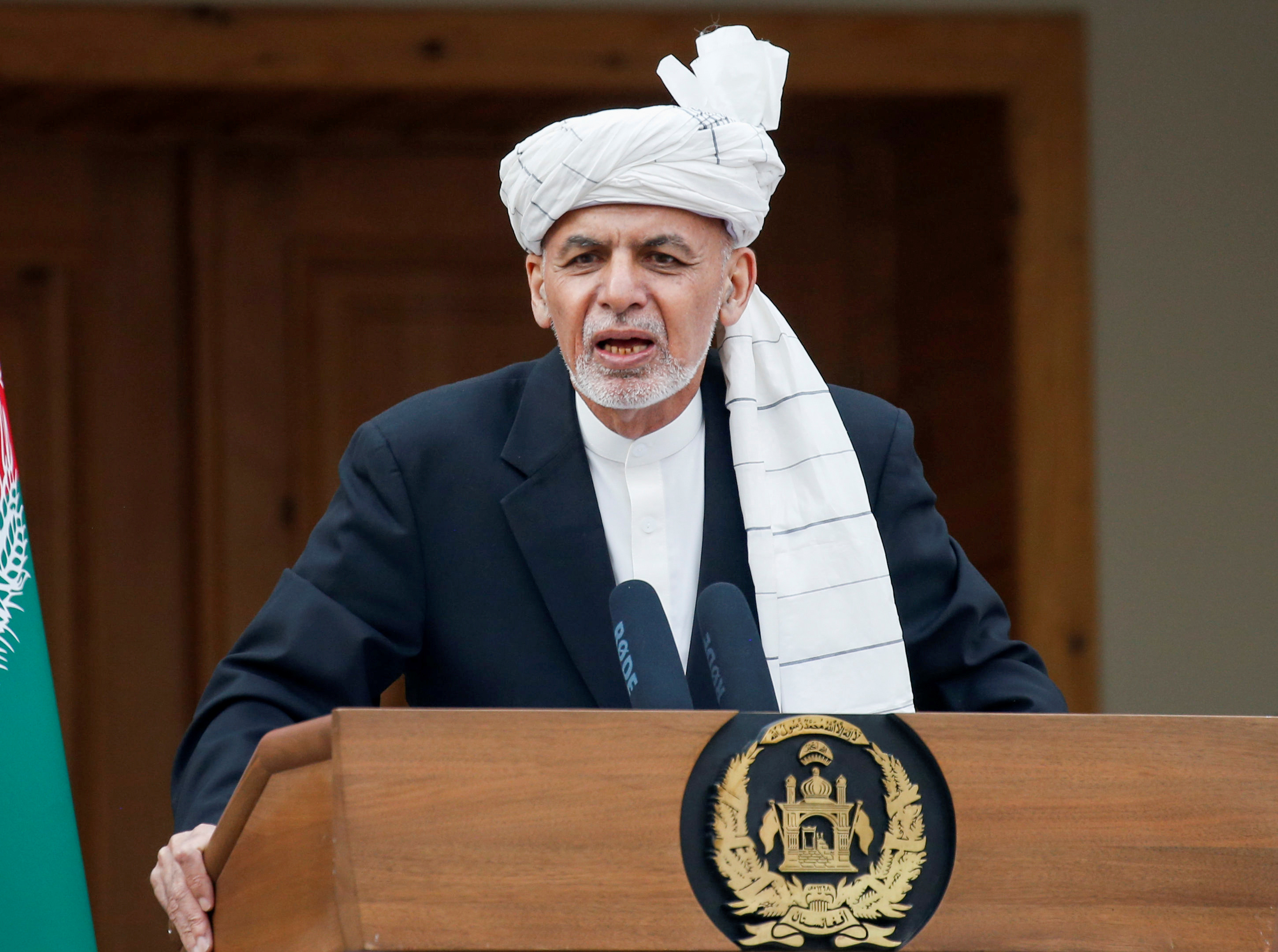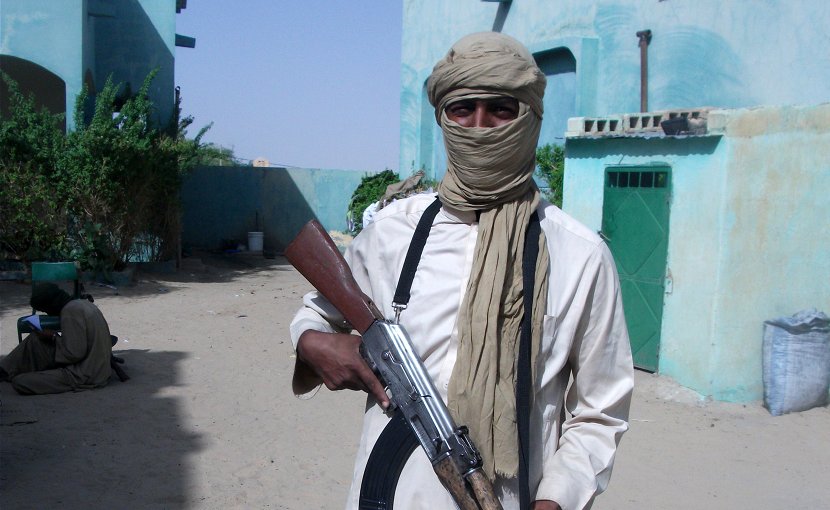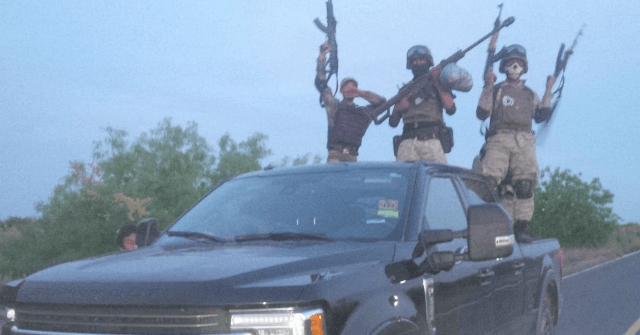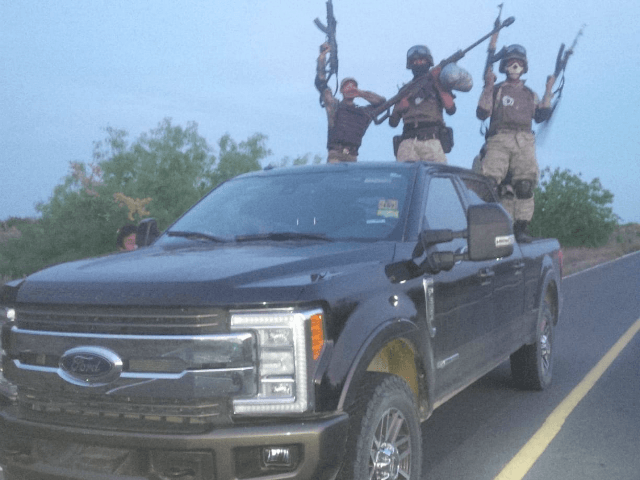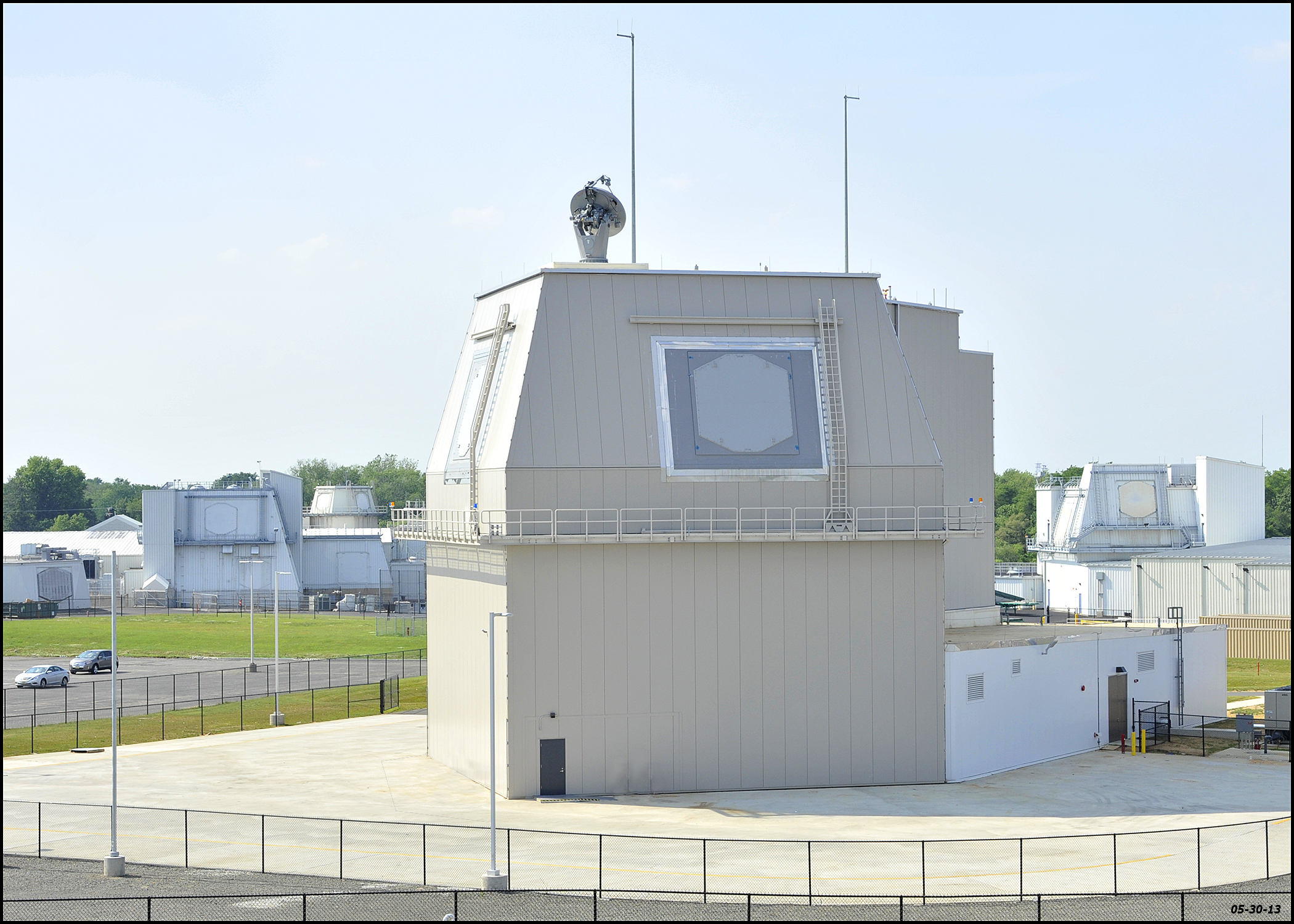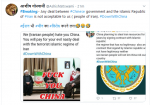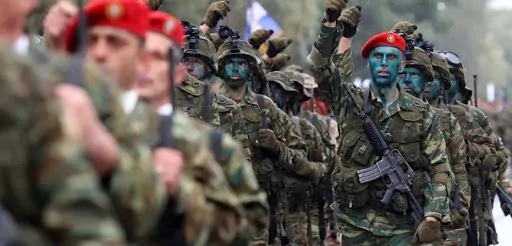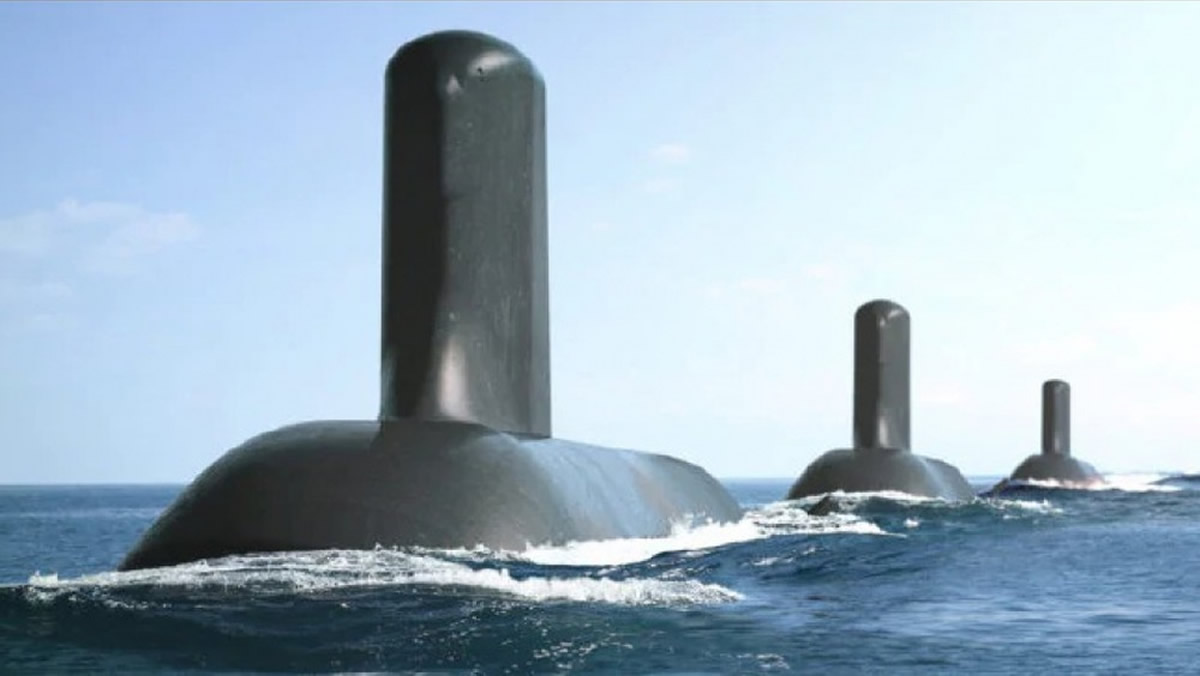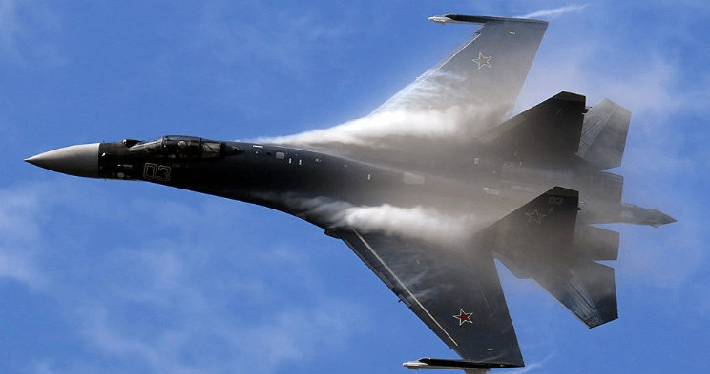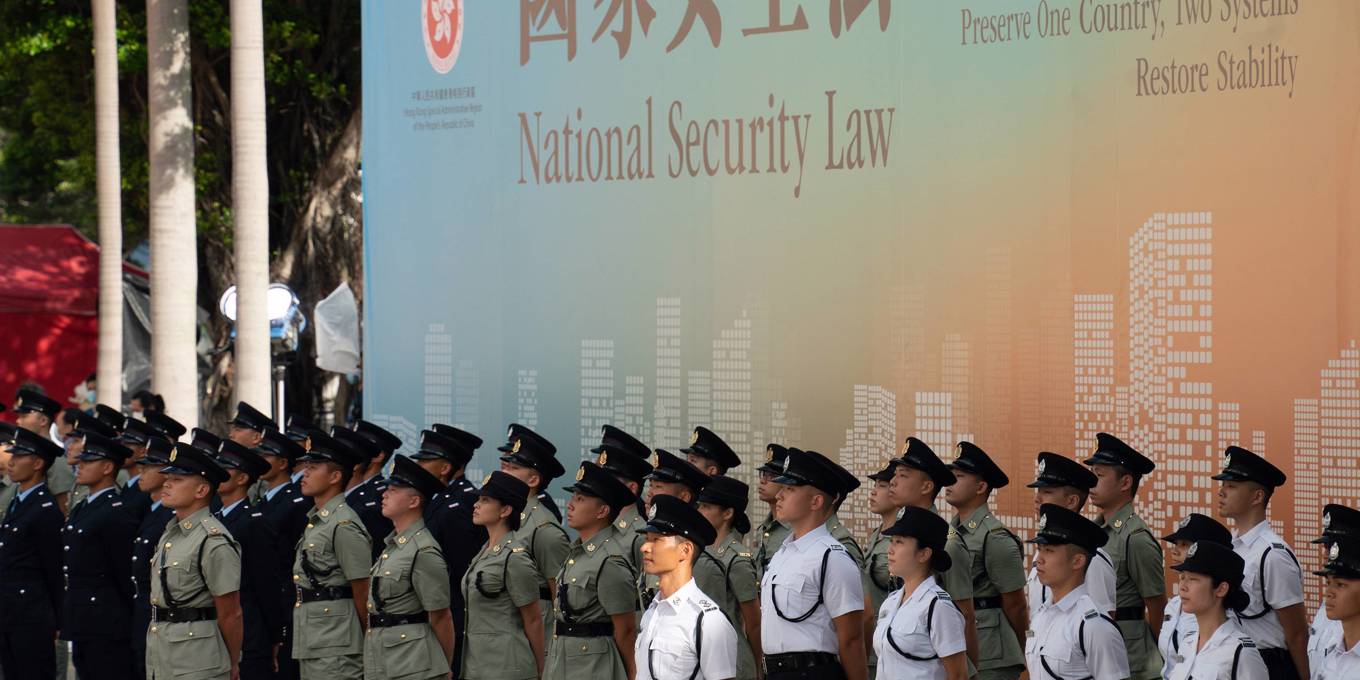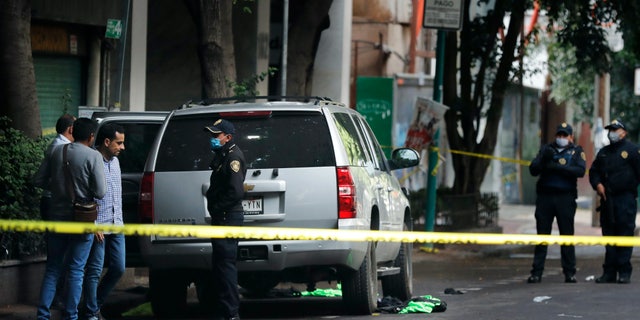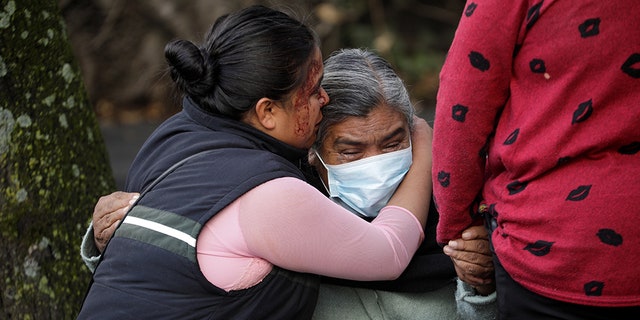(424) 06-13-2020-to-06-19-2020___****THE****WINDS****of****WAR****
WAR - 06-13-2020-to-06-19-2020___****THE****WINDS****of****WAR****
Sorry for the delay folks...... (421) 05-23-2020-to-05-29-2020___****THE****WINDS****of****WAR**** WAR - 05-23-2020-to-05-29-2020___****THE****WINDS****of****WAR**** (418) 05-02-2020-to-05-08-24-2020___****THE****WINDS****of****WAR**** WAR -...

www.timebomb2000.com
(425) 06-20-2020-to-06-26-2020___****THE****WINDS****of****WAR****
WAR - 06-20-2020-to-06-26-2020___****THE****WINDS****of****WAR****
(422) 05-30-2020-to-06-05-2020___****THE****WINDS****of****WAR**** WAR -...
 www.timebomb2000.com
www.timebomb2000.com
(426) 06-27-2020-to-07-03-2020___****THE****WINDS****of****WAR****
 www.timebomb2000.com
www.timebomb2000.com
--------------------------------------
Posted for fair use.....

 www.economist.com
www.economist.com
Withdraw first, ask questions later
America is rapidly pulling troops from Afghanistan
The future of the country they are leaving behind is more uncertain than ever
Asia
Jul 4th 2020 edition
Jul 4th 2020
ISLAMABAD
FAIZA IBRAHIMI is too young to remember when the Taliban ruled Afghanistan as a theocracy. She can scarcely believe her parents’ stories about it. She is a radio presenter in the western city of Herat. The idea that gun-toting zealots from the countryside used to forbid women to leave home unless fully veiled and accompanied by a male relative seems almost inconceivable: “My mother was unable to work and find bread. I couldn’t imagine that time again.”
It was only in 2001 that American forces toppled the Taliban regime, when the mullahs who led the movement refused to hand over Osama bin Laden after the 9/11 attacks. But nnearly two-thirds of the population is less than 25 years old, and so has little or no memory of the Taliban’s rule. They are having to brush up on their history, however, as they contemplate the prospect of the Taliban returning to power in some form. The American troops that have propped up the Afghan government and held the Taliban at bay for the past 19 years are on their way out. Over the past four months the number of American soldiers in the country has fallen by a third, from around 13,000 to 8,600. The administration of President Donald Trump has pledged to reduce their strength.....
WAR - 06-13-2020-to-06-19-2020___****THE****WINDS****of****WAR****
Sorry for the delay folks...... (421) 05-23-2020-to-05-29-2020___****THE****WINDS****of****WAR**** WAR - 05-23-2020-to-05-29-2020___****THE****WINDS****of****WAR**** (418) 05-02-2020-to-05-08-24-2020___****THE****WINDS****of****WAR**** WAR -...
www.timebomb2000.com
(425) 06-20-2020-to-06-26-2020___****THE****WINDS****of****WAR****
WAR - 06-20-2020-to-06-26-2020___****THE****WINDS****of****WAR****
(422) 05-30-2020-to-06-05-2020___****THE****WINDS****of****WAR**** WAR -...
(426) 06-27-2020-to-07-03-2020___****THE****WINDS****of****WAR****
WAR - 06-27-2020-to-07-03-2020___****THE****WINDS****of****WAR****
(423) 06-06-2020-to-06-12-2020___****THE****WINDS****of****WAR**** WAR - 06-06-2020-to-06-12-2020___****THE****WINDS****of****WAR**** (420)...
--------------------------------------
Posted for fair use.....

America is rapidly pulling troops from Afghanistan
The future of the country they are leaving behind is more uncertain than ever
Withdraw first, ask questions later
America is rapidly pulling troops from Afghanistan
The future of the country they are leaving behind is more uncertain than ever
Asia
Jul 4th 2020 edition
Jul 4th 2020
ISLAMABAD
FAIZA IBRAHIMI is too young to remember when the Taliban ruled Afghanistan as a theocracy. She can scarcely believe her parents’ stories about it. She is a radio presenter in the western city of Herat. The idea that gun-toting zealots from the countryside used to forbid women to leave home unless fully veiled and accompanied by a male relative seems almost inconceivable: “My mother was unable to work and find bread. I couldn’t imagine that time again.”
It was only in 2001 that American forces toppled the Taliban regime, when the mullahs who led the movement refused to hand over Osama bin Laden after the 9/11 attacks. But nnearly two-thirds of the population is less than 25 years old, and so has little or no memory of the Taliban’s rule. They are having to brush up on their history, however, as they contemplate the prospect of the Taliban returning to power in some form. The American troops that have propped up the Afghan government and held the Taliban at bay for the past 19 years are on their way out. Over the past four months the number of American soldiers in the country has fallen by a third, from around 13,000 to 8,600. The administration of President Donald Trump has pledged to reduce their strength.....


